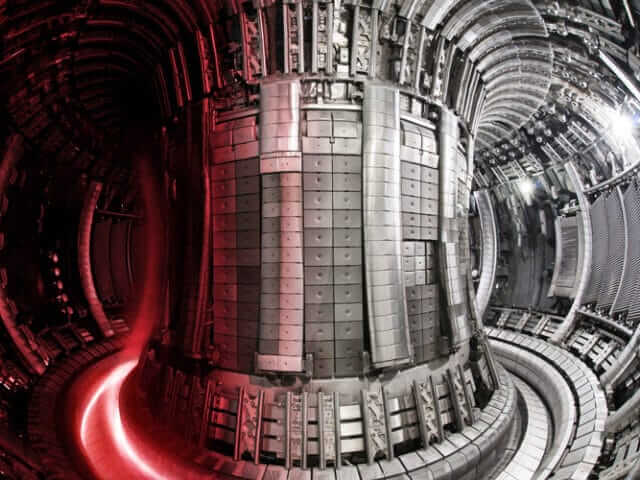The FusionCAT project comes to an end
Researchers with the Electrometric Methods Laboratory at IQS formed part of the FusionCAT project, conducted within the Emerging Technologies Programme launched by the Government of Catalonia within the RIS3CAT strategy. The main objective of the project has been to establish an active community in Catalonia regarding the key technologies that make up fusion energy generation, integrated within the EU roadmap for making this energy a reality by 2050. Seven important Catalan institutions that are leaders in this area, including IQS, participated in the project.
In addition to all the developments achieved, both in terms of IQS’s participation and the global scope of the project, FusionCAT has also made it possible to bring a dynamic scientific community together in Catalonia that was able to make rather significant contributions in the field of fusion.
A fusion reaction is based on the generation of energy produced by forcing atomic nuclei to combine (fuse) instead of breaking. One of the objectives that must be achieved for fusion rectors is the generation of tritium within the interior, a process that is carried out in the Tritium Breeding Modules (TBM), where the 6Li is impacted by high energy neutrons to release helium and tritium.
Thus, tritium production and the fuel operating cycle are key elements of this energy challenge. It is therefore necessary to have diagnostic, monitoring, and instrumentation methods in place to ensure that established objectives are achieved. It has been within this area that IQS researchers, led by Dr Jordi Abellà and Dr Sergi Colominas, have contributed their experience to the development of electrochemical sensors to obtain control units that are suitable for use in fusion reactors.
IQS contributions to FusionCAT
Electrochemical sensors have many advantages: they boast a simple measurement procedure, high sensitivity, short response times, and can be easily miniaturized.
At IQS, hydrogen sensor prototypes have been developed that are capable of working in chemically aggressive environments such as fusion reactors. This represented the preliminary step in achieving the development of the necessary tritium sensors. For this milestone, hydrogen amperometric sensors were constructed using perovskite ceramics that were tested by the group during previous research and showed good proton conductivity between 400 and 1,000 °C.
The hydrogen sensors have geometries in the form of a tube closed at one end, which stands out for having a greater surface area and, therefore, a better response. Thus, once the ceramic material was obtained, the objective involved constructing the sensors through 3D printing.
Traditional technologies such as slip casting result in manual and unreproducible manufacturing processes. In addition, subsequent machining of the part is usually required and the desired geometry is not always obtained. IQS’s proposal to address this involved shaping these ceramic parts with additive manufacturing techniques as this is a much more reproducible system that produces parts with very thin wall thicknesses.
The measurements with the first sensors made with these parts obtained through 3D printing have been tested inside high temperature reactors (up to 600 °C) in hydrogen atmospheres diluted in argon to determine their analytical properties.
Finally, electrochemical sensors have been developed for the quantification of lithium and its control in the molten lead-lithium alloy, one of the construction proposals of the TBM modules, where tritium is generated inside the reactor by neutron bombardment on the 6Li. During the generation process, lithium is consumed and the alloy, which was initially eutectic, can therefore be converted into low lithium eutectic hypo. For this reason, it has been necessary to develop sensors that enable continuous quantification.
In this case, potentiometric sensors have been constructed, which enable the use of small-sized sensors, formed by a lithium conductor ceramic disk that which acts as a solid-state electrolyte (in the same way as those using hydrogen), which is stable under the extreme conditions of the breeding blankets.
Under file number 001-P-001722, the FusionCAT project has been 50% co-financed by the European Union’s European Regional Development Fund within the framework of the ERDF Catalonia Operational Programme 2014-2020, with the support of the Government of Catalonia.
RELATED PEOPLE:
RESEARCH GROUP
Electrochemistry and Bioanalysis Group
RELATED PROJECTS
FusionCat (Comunidad de fusión nuclear en Cataluña)







